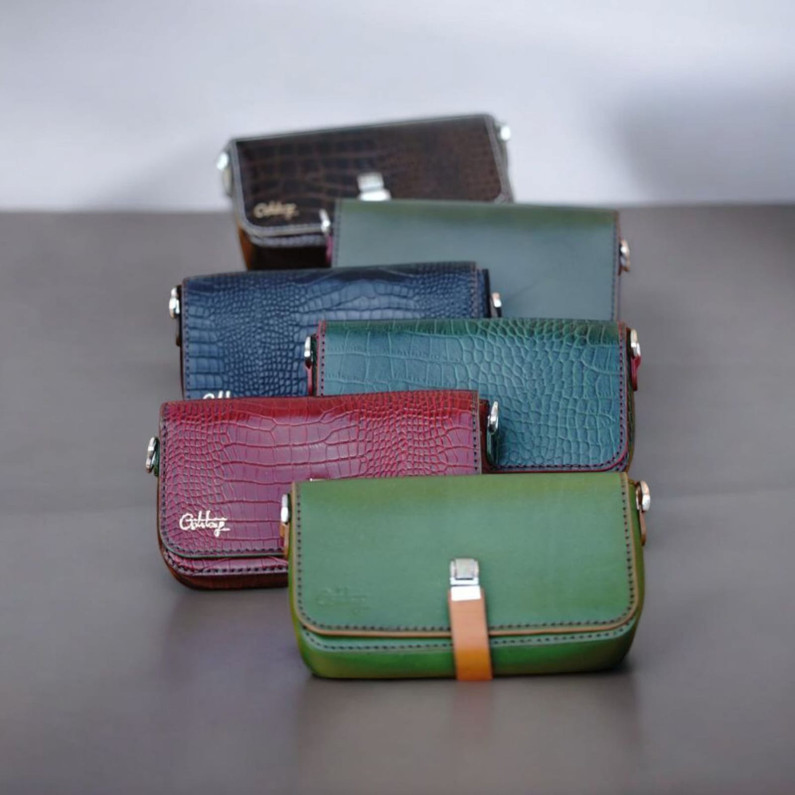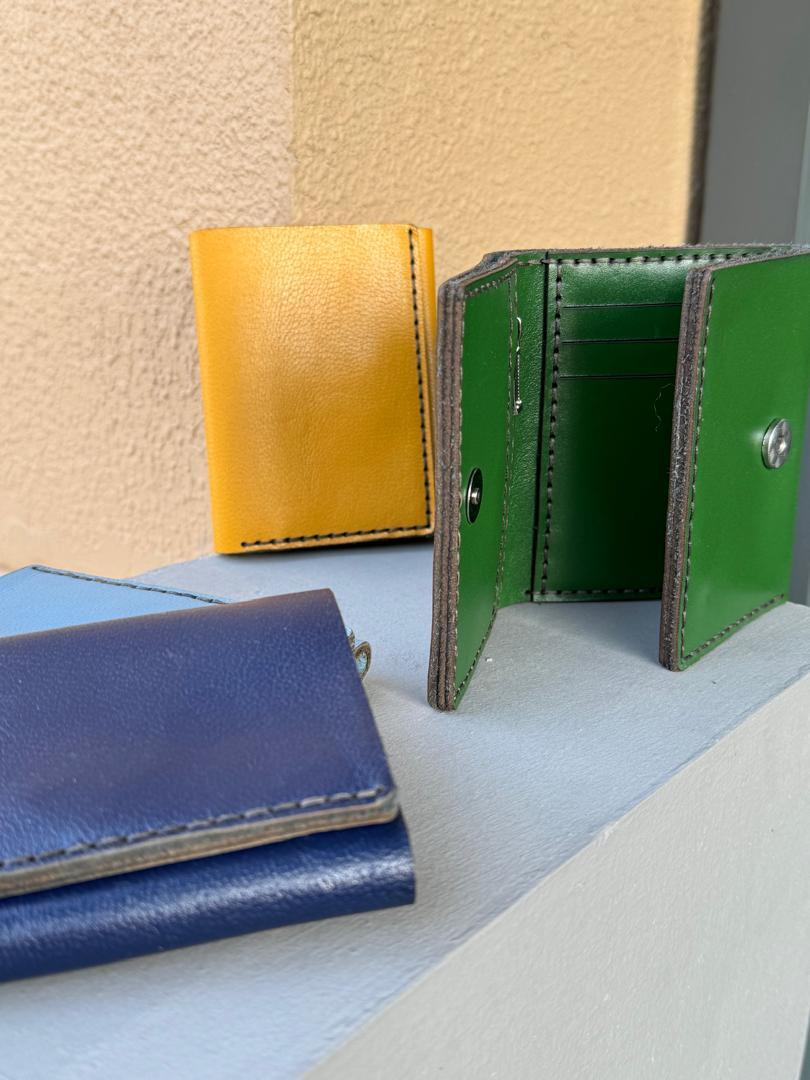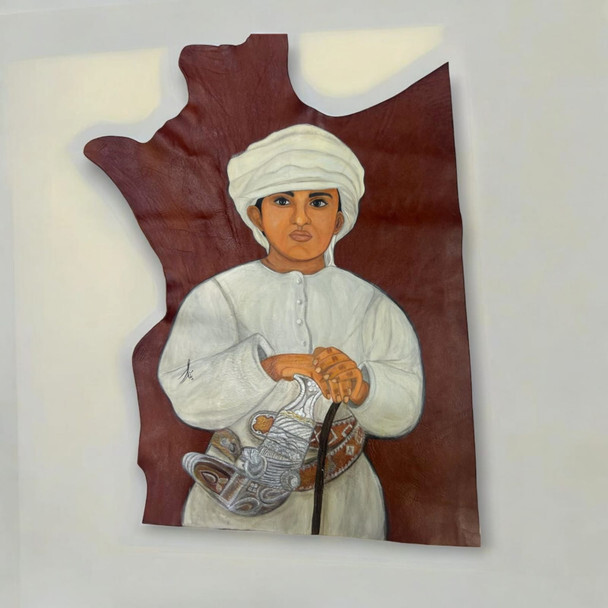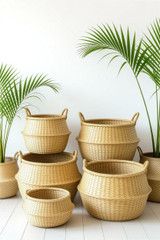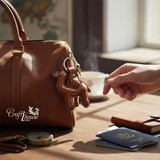The Rich Tradition of Leather Crafting in the Middle East
The Rich Tradition of Leather Crafting in the Middle East
Leather crafting in the Middle East is more than a trade—it’s a centuries-old tradition rooted in history, culture, and art. From Morocco to Persia and across the Arabian Peninsula, skilled artisans have turned raw hides into beautiful, functional items, carrying forward a heritage of craftsmanship, symbolism, and pride.
At Craftihouse.com, we honor these traditions through every handmade leather piece we offer. Let’s take a closer look at the journey of leather in Middle Eastern culture.
Ancient Beginnings
Leatherwork in the Middle East dates back to ancient Mesopotamia and Egypt, where animal hides were tanned using natural methods like tree bark and oils. Leather was used for clothing, armor, scrolls, sandals, and decorative items. This material was valued not only for its utility but also for its spiritual symbolism—representing protection, resilience, and tradition.
Leather in Islamic Art & Culture
Leather played a key role in Islamic culture. Early copies of the Qur’an were bound in intricately tooled leather covers, a practice that highlighted both reverence and artistry. From Ottoman bookbinding techniques to Arabian leather saddlery, leather became a symbol of refinement, scholarship, and craftsmanship.
Hand-embossed patterns, calligraphy, and geometric motifs often adorned leather items, reflecting the rich visual language of Islamic art.
Traditional Leather Goods Across the Region
Each region brought its own flair to leatherworking:
-
Morocco is famous for its tanneries in Fez, where leather is still dyed using natural pigments in stone vats.
-
Persian artisans crafted intricate leather bookbindings and wallets, known for their delicate patterns and precision.
-
Bedouin tribes used leather to make tents, water bags, and saddles—items that were vital for life in the desert.
These traditions laid the foundation for the beautifully diverse leather products we see today.
✋ Handmade, Then and Now
While technology has changed many industries, traditional leatherworking in the Middle East is still thriving. Artisans use age-old techniques passed down through generations—cutting, stitching, tooling, and dyeing by hand. Each piece is a connection to the past, crafted slowly and with intention.
At Craftihouse.com, our handmade leather goods are inspired by these techniques and values. We work with skilled craftspeople who continue the story of Middle Eastern leather by blending heritage with contemporary design.
Why It Matters
In a world of fast fashion and disposable goods, choosing handmade leather from traditional sources is a powerful act of preservation. You're not just buying a bag or a wallet—you're investing in a living tradition, one that tells stories of place, people, and purpose.
Experience the Legacy
Want to own a piece of this rich tradition?
Explore our handmade leather collection and bring a touch of the Middle East into your daily life.
Crafted by hand. Inspired by history. Made for you.
Recent Posts
-
Order the Best Boss Day Gifts for Male & Female Bosses in the UAE from Craftihouse.com
Every year, Boss’s Day is the perfect opportunity to show appreciation for the people who lead, ment …13th Oct 2025 -
How This Gift Came to Life: The Story Behind Our Palm Leaf Baskets
How This Gift Came to Life: The Story Behind Our Palm Leaf Baskets In a world where everything is be …8th Oct 2025 -
Handmade Leather Key Chains – Timeless Souvenirs & Everyday Companions
Handmade Leather Key Chains – Timeless Souvenirs & Everyday Companions Introduction In a world where …25th Sep 2025

